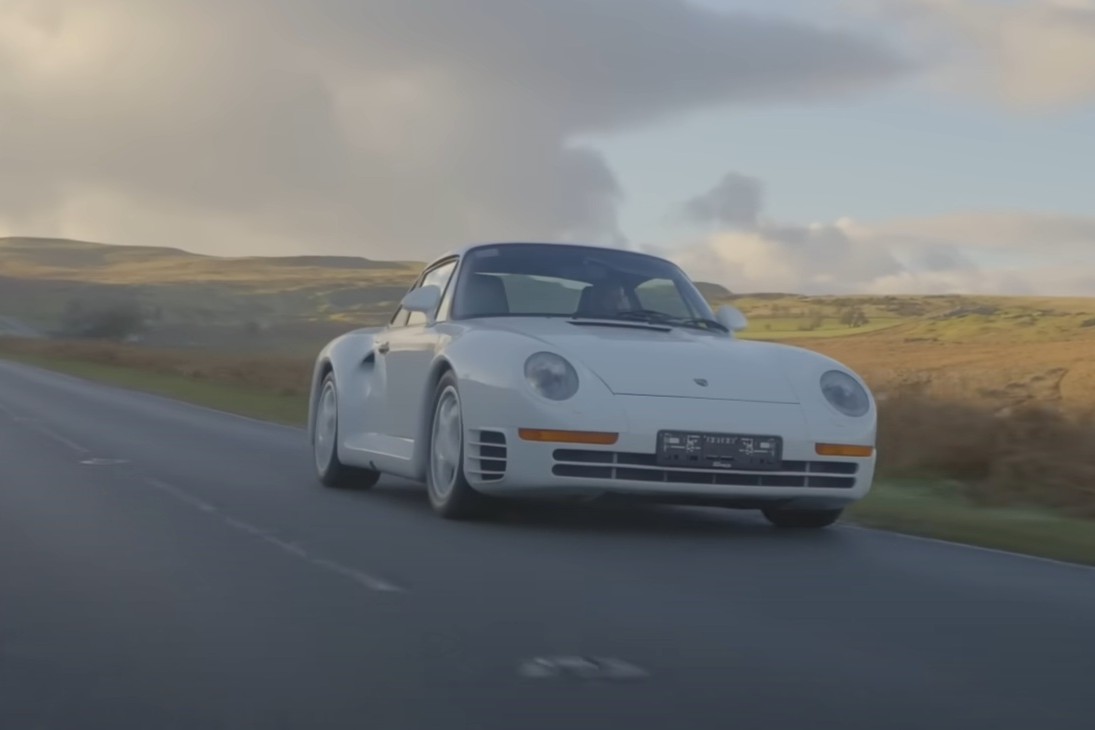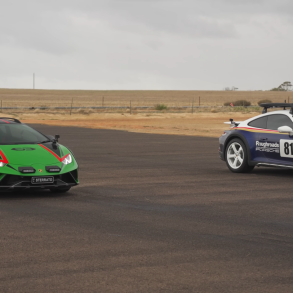The Porsche 959 remains a milestone in automotive engineering. Chris Harris recently had the chance to experience this legendary car on the road and the track. Revealed as the Group B concept at the 1983 Frankfurt Motor Show, the 959 was Porsche’s bold attempt to redefine high-performance cars. By 1985, it debuted as the most advanced road car of its time, priced at an astonishing $225,000.
The 959’s design is striking. Its integrated rear spoiler seamlessly merges into the bodywork, combining aesthetics with functionality. Hollow-spoke titanium wheels featuring tire pressure monitoring sensors were decades ahead. Aerodynamically, the car was revolutionary, boasting a 0.31 drag coefficient and zero lift—unmatched for the era.
Inside, the cabin retains the familiar feel of a Porsche 911 with unique updates. The dashboard features gauges for oil pressure, water temperature (rare for a Porsche), and torque distribution. Controls for electronic dampers and adjustable suspension emphasize its innovative nature. Despite its performance focus, the interior maintains Porsche’s trademark luxury, with leather-wrapped surfaces and premium carpets.
Powering the 959 is a 2.85-liter twin-turbocharged flat-six engine, delivering 450 horsepower. This is paired with Porsche’s groundbreaking all-wheel-drive system, Porsche-Steuer Kupplung (PSK), capable of sending up to 80% of torque to the rear wheels. The result is a car that handles dynamically and accelerates impressively, reaching 197 mph and hitting 0-62 mph in just 3.7 seconds.











